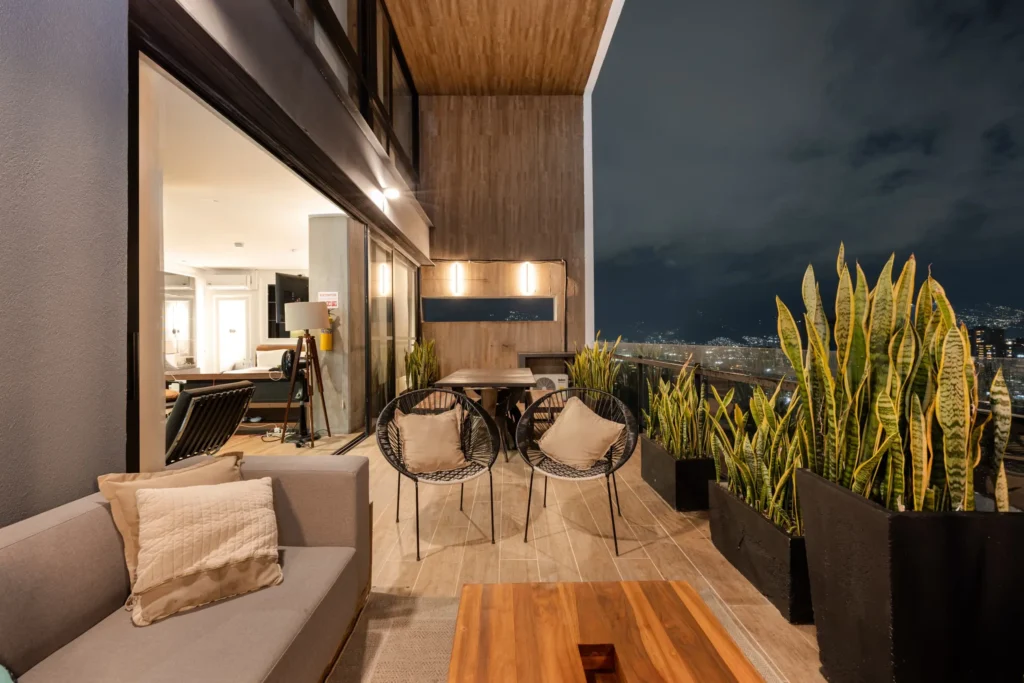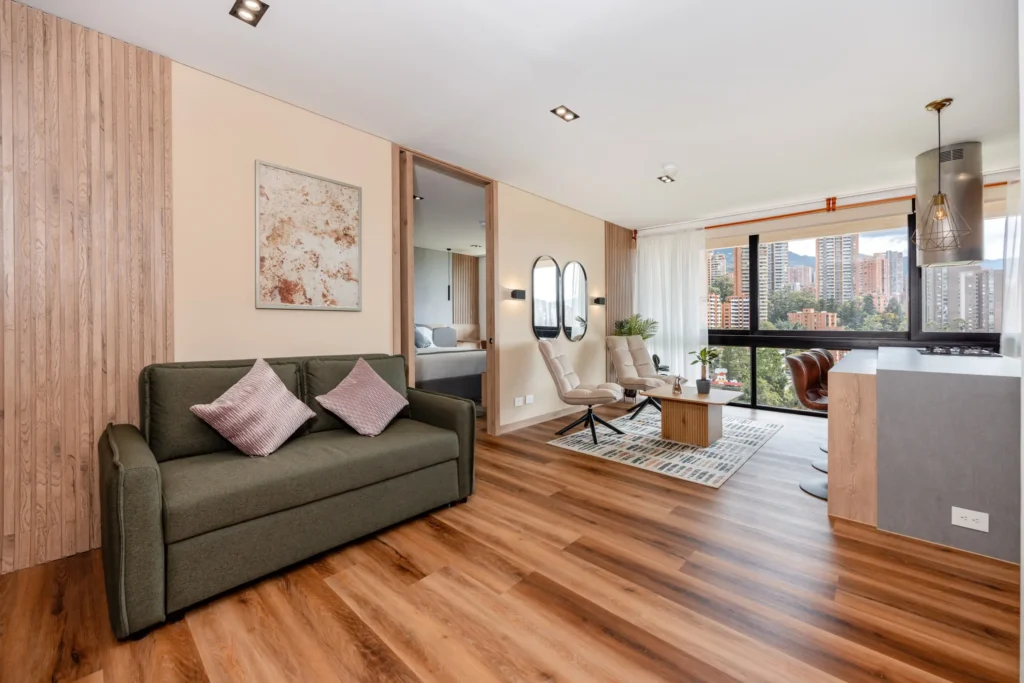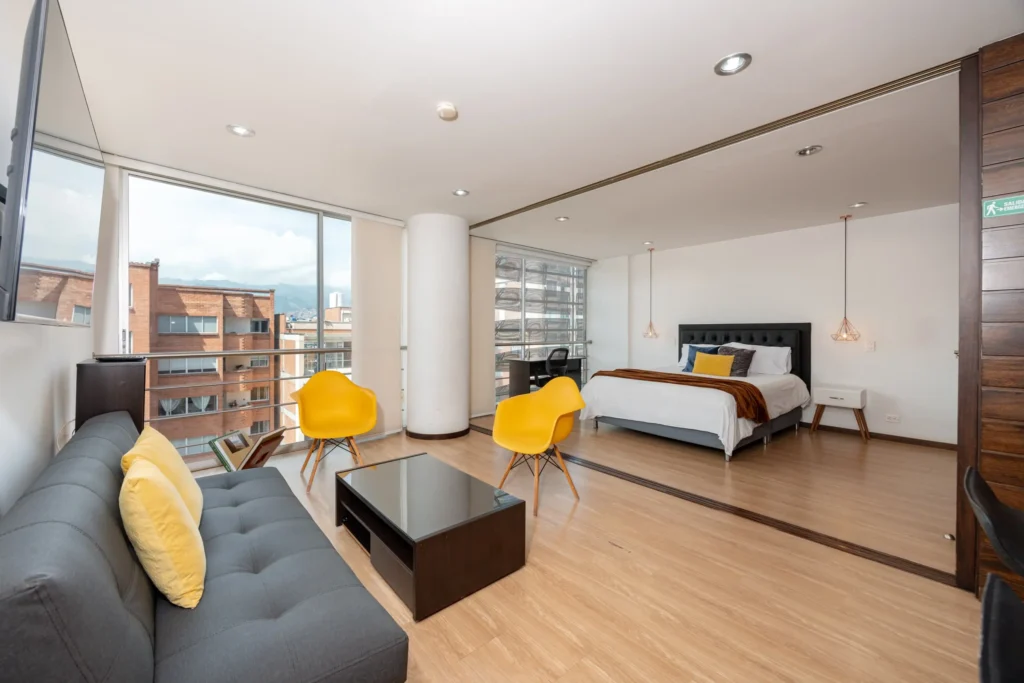TLDR? The official date of the Colombian Independence is July 20th. That was the day when the Spaniard Jose Gonzalez Llorente said no to the request to borrow a vase, starting a monumental war.
After almost 300 years of conquest and colonization by the Spanish empire, the independence movement arrived in the “New Kingdom of Granada” in 1810.
However, there’s a whole lot more that goes into the story than just that.
July 20th marks a day to commemorate and celebrate Colombia’s cry of independence caused by a vase. Yes, you read that correctly!
Now keep reading and find out how it happened and why Colombians celebrate July 20th every year.
The Inspiration for the Independence of Colombia

The independence of American Creoles against the Spanish crown is related to other freedom fights. Its most direct inspirations were the independence of the United States and Haiti.
The French invasion of Spain was also an inspiration for these rebels who decided to take control of their territory.
At the same time, the struggle for independence raged across all of Latin America: Chile conquered its freedom in 1817 under the command of José de San Martín, and the event promoted pro-independence advances in the event known as the Spanish American Wars of Independence.
The Story of Colombian Independence
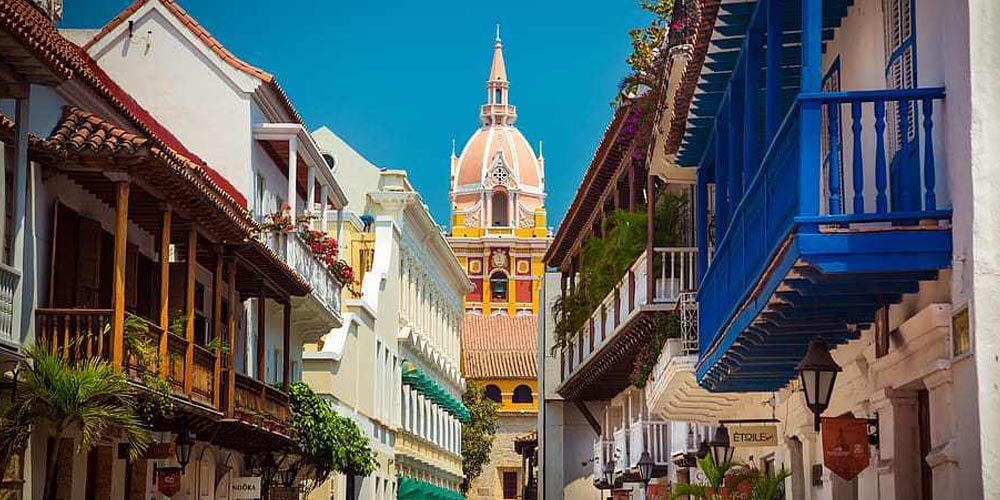
With tons of inspiration for independence raging around them, it’s no surprise that Colombia chose to launch its own independence effort.
Colombia achieved its complete independence only in 1819 under the command of Simon Bolivar. A campaign with Venezuela began a year earlier, which ended in the Battle of Boyaca on August 7th, 1819.
This closure gave way to the Angostura Congress and the birth of the current Republic of Colombia.
Of course, the independence movements began earlier, led by Antonio Nariño and Camilo Torres Tenorio. Antonio defended a centralized state model, and Camilo, a federalist one.
Here’s a simplified timeline of the events leading to Colombian independence:
- 1810-1815: different wars between the defenders of the monarchy and the independentists.
- 1811: Some provinces of Nueva Granada, as the Colombian territory was called, had been grouped as a new independent state, just like Cartagena.
- 1816: After an agreement on the French invasion of Spain, Mr. Fernando VII’s troops were back to controlling the country and imposed the regime of terror led by Mr. Pablo Morillo.
- 1819: The republican army led by Simon Bolivar crossed the mountains that separated the provinces of Casanare and Tunja. After the battles of Paya, Pantano de Vargas, and Puente de Boyaca, it found a free way to control Santa Fe.
The territory of the Viceroyalty of New Granada then became the Republic of Colombia, named after the navigator and discoverer of America Cristobal Colon. It remained in union with Ecuador and Venezuela until 1830, being left afterward with its current same.
However, many other regions such as Cartagena, Santa Marta, Riohacha, Pasto, and Popayan still struggled to achieve independence. In 1823, Admiral Padilla ended the threatening situation in the Caribbean with the naval battle of Lake Maracaibo, sealing the independence of Venezuela.
Why is Colombia’s Independence Celebrated on July 20th?

The official date of the celebration of independence is July 20th, but the liberation process lasted many years. We shouldn’t forget the many wars and sacrifices it meant.
July 20th is the date decreed by the National Congress of the United States of Colombia in 1873. It stands for the signing of the Act of the Revolution of 1810, which, as we saw, didn’t mean that Colombia as a whole was completely independent.
Therefore, the date changes in cities that took longer to become independent. In Cartagena, for example, independence is celebrated on November 11th.
The Significance of July 20th, 1810

The independence from the Spanish crown was a long time coming in Colombia.
In the early 1800s, there was a lot of unrest among the creole people living in Colombia. And, after reading Antonio Nariño’s translation and dissemination of the Rights of Man, the creoles began thinking about how they could separate from the Spanish government.
Everything came to a head with the Rebellion of the Communards. The rebellion used Antonio Nariño’s translation as a prologue for their rebellion, which was meant to expose their disagreements within the colonizing government.
However, the real reason that this day was so special has to do with a vase. Here’s the short version of the story.
The Story of The Vase

On July 20th, a man named Luis de Rubio approached the house of Jose Gonzalez Llorente, a Spaniard, and asked him to borrow a vase to decorate Mr. Antonio Villavicencio’s table.
Mr. Llorente answered him with a resounding and forceful no, causing the intervention of two other men: Francisco José de Caldas and Antonio Morales. They alerted the people to the insult committed by Llorente against the American people.
Llorente denied it, and the people crowded into Plaza Mayor and attacked the viceroyalty. The revolt initiated a revolutionary process that only ended with the signing of the Act of Independence of Santafe.
This movement wasn’t the only revolution carried out in Colombia. However, it marks the official date of independence as it gave way to intense freedom struggles against the Spanish crown.
Independence Day Celebrations in Colombia

Every July 20th is a public holiday in Colombia.
As a patriotic celebration, this day also recognizes miscegenation in cultural heritage and the contributions of indigenous and afro-descendant communities to this history.
In celebration, there are events in the country such as parades and displays of the Colombian Military Forces.
People usually hang the Colombian tricolor flag outside their house and wear the Colombian Soccer Team’s shirt.
During the pandemic, the celebration happened virtually through national channels with military presentations. Still, since freedom isn’t anything trifling to commemorate, the planes of the Colombian Air Force flew through some cities decorating the skies of Colombia!
The Colombian Bicentennial
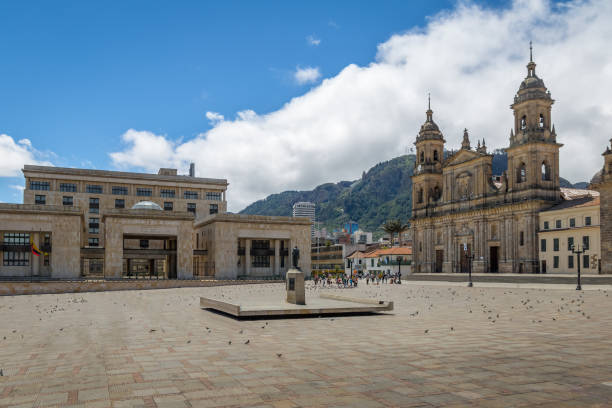
In 2010 Colombia celebrated 200 years of independence and held many celebrations to commemorate the bicentennial.
Also, an urn sealed in 1910 to celebrate the first centenary of independence was opened, which contained important documents and photos of the time.
Educational and scientific exhibitions were held, such as the exhibition of the Royal Botanical Expedition of the New Kingdom of Granada.
International channels such as History, NatGeo, and City TV from Bogota, together with the National University of Colombia, created a documentary to broadcast on July 20th, 2010.
Parades
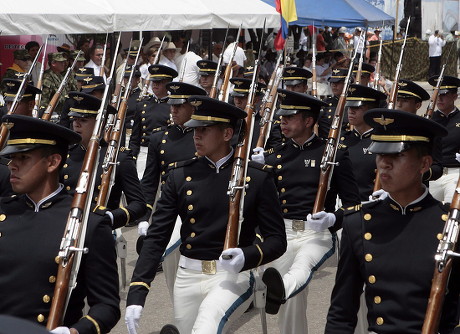
The military parade with the president and the Great National Concert happened with the participation of some artists, such as paisa Juanes in Quibdo, Choco.
The Mayoralty from Bogota opened a space in the Plaza de Bolivar, a few meters from the Casa de Nariño, Colombia’s presidential house, for telling stories of the country.
In Corferias, there were exhibitions with typical gastronomy of the country. There was also contemporary and indigenous art, a cattle exhibition, and the Armed Forces of Colombia show.
Colombian Bicentennial Celebration in Other Countries
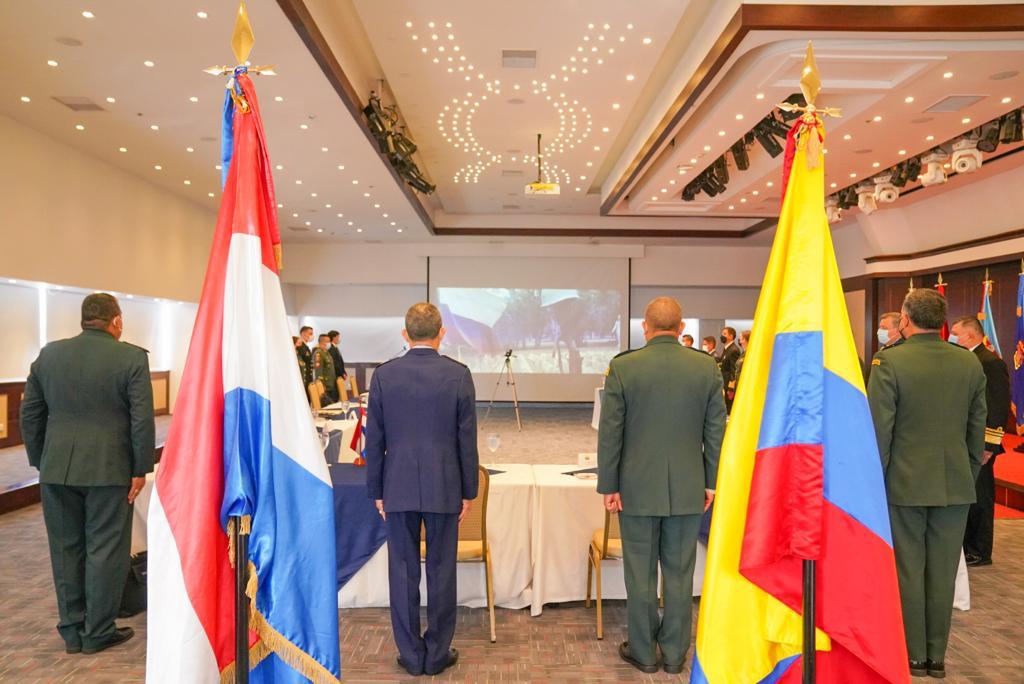
For the thousands of Colombians who live abroad, celebrating 200 years of their country was a must.
Countries such as the United States, Argentina, and the United Kingdom decided to participate in this celebration. It was an act to welcome the Colombians who lived there and a show of patriotism.
What’s more, the British Government celebrated different political figures from Colombia in the London Chamber. The British Parliament even hosted a special reception afterward.
The famous Argentinean Obelisk and New York’s Empire State were illuminated in yellow, blue, and red. These are the colors of the Colombian flag.
Even the Google doodle paid tribute to a free Colombia. What a beautiful detail!
Fireworks Shows

The City of Medellin celebrated 200 years of Independence with a musical show and fireworks.
The truth is that a fireworks show isn’t as regular an attraction on July 20th. That’s unlike when other countries celebrate their independence. In Colombia, it’s usually a little quieter.
However, for this date, no celebrations were spared.
The city closed several streets for the paisas who wanted to enjoy this patriotic and national show.
Even the metro system of this city joined the celebration and offered a discount for holders of the Civic Card, which wasn’t so common then.
Places in Colombia to Learn About the Country’s Independence

The many museums of Medellin give life to what made Colombia a free country over 200 years ago.
However, if you want to get a real feel for what the history of Colombia’s independence is all about, you should really visit Bogotá.
In Bogotá, you can check out these places:
- National Museum: a building located in a colonial neighborhood of the capital. You will find objects and the history of independence: paintings, vessels, weapons, and even haircuts of famous people.
- Bridge of Boyacá: a public place in Boyacá that’s a standing relic of the independence movement.
- Casa del Florero: located in Bogotá, the Casa del Florero was the store of Jose Gonzales Llorente. It’s a place where you can learn more about key figures in the story of Colombia’s independence.
There are tons of other places that you can check out when it comes to exploring Colombia’s independence, too.
However, these are a few unique places in the country where you can learn a bit more about what made Colombia what it is today.
Trivia About Colombian Independence

Aside from the usual facts you must know about the history of Colombian Independence, here are other fun facts you’ll find interesting.
1. The World Celebrates with Colombia
Colombian Independence Day is not limited to the cities and neighborhoods in Colombia. More commonly known as Colombia National Day, you can actually find several Colombian ex-pat communities celebrating around the world.
Celebrations call for parties, military parades, traditional food feasts, and folk music. But if you’re vacationing in Colombia, Independence Day is a public holiday. So you should expect closed government offices and companies as the locals participate in festivities and activities.
Additionally, Colombians eat picada, empanadas, tamales, and arepas to commemorate this day.
2. The Independence Day Commemorates Rich Colombian Cuisine
We all know that Colombian food significantly influences its culture and history. And it’s only necessary that it plays a major role in remembering Colombian Independence Day. Aside from the local food mentioned, locals also love preparing traditional dishes, including ajiaco, bandeja paisa, and agua panela.
3. Los Angeles Tops Colombian Independence Celebrations
Outside of Colombia, Los Angeles and California hold the most festive Colombian Independence celebrations. In fact, the world-renowned Festival Colombiano takes place in Los Angeles.
Festival Colombiano is a massive party with famous DJs and live bands performing for giant Colombian crowds. It’s also a great time to highlight authentic Colombian cuisine.
4. Visiting Llorente’s House
If you want to learn more about how the history of Colombian independence came to be, visiting Llorente’s house in Bogota can definitely help. It’s where the Flowerpot incident took place, making it one of the most famous places to visit when commemorating Colombian Independence Day.
5. Colombians Love Playing Traditional Games on Independence Day
Aside from drinking and eating traditional Colombian dishes, you can also observe friends and family playing competitive games to pit against each other.
Tejo is a popular game. It’s a traditional Colombian throwing sport that originated from indigenous Colombian cultures. Participants throw metal disks that will explode with gunpowder when they land on their targets.
Additionally, the locals love drinking alcohol while playing Tejo. It makes the game feel more thrilling and competitive.
Five Colombian Recipes to Make On Independence Day
:format(jpeg)/cloudfront-us-east-1.images.arcpublishing.com/elespectador/ZOBSVBKWEVGAHHMSHEWNBH5N2Q.jpg)
We’ve probably mentioned this a thousand times, but Colombians undoubtedly love celebrating food on Independence Day. And if you’re a tourist who wants to feel “in” with the crowd, let us share five Colombian recipes to make on this national holiday.
La Bandeja Paisa
La Bandeja Paisa, commonly known as Paisa Tray, is served hot during lunch and originated from the Department of Antioquia. It’s one of Colombia’s staple dishes, which also lives by the Spanish saying, “Eat breakfast like a king, lunch like a prince, and dinner like a beggar.”
The ingredients of La Bandeja Paisa and its step-by-step recipe include the following:
- Paisa Pinto beans
- White rice or Arroz Blanco
- Powdered beef
- Fried pork belly
- Cooked chorizos
- Sunny side-up eggs
- Avocado
- Baked plantains
- Hogao
- The hogao, powdered beef, and beans should be prepared a day prior and placed in the refrigerator. But they should be heated when served.
- Cook the plantains and white rice. Then, fry the chorizos and eggs.
- Spread the rice on a platter or a tray. Place the remaining ingredients on top of the rice as you wish. But you can also place the beans in another bowl.
- It’s better to place the hogao in a saucer next to the rice and the beans. This allows the guests to put as many creole sauces as they wish.
Ajiaco Bogotano
Ajiaco Bogotano is a typical traditional dish served in Bogota. You’ll love this if you enjoy drinking delectable broths. Ajiaco Bogotano contains the main dish’s ingredients served in a bowl, and it’s best eaten with rice.
If you want to learn how to create this broth, patience is a must! The entire preparation takes four hours, not including the ingredient preparation. Take note of the following ingredients:
- Chicken breast
- Water
- Russet potatoes
- Red potatoes
- Papas criollas
- Corn
- Quascas
- Place the chicken breasts inside a large pot, and sprinkle them with guascas. Pour water inside.
- Boil the breasts until they become tender. Remove the chicken from the pot and set aside. Cover the meat using aluminum foil so the breasts stay warm.
- Place the potatoes in the same pot and let them boil. Cover the pot and let the potatoes simmer for at least four hours.
- You can start mashing the potatoes inside the pot when they soften.
- After letting the breasts cool down, remove the bones and the skin. Cut them into smaller cubes and place them back in the pot.
- Serve the broth while still hot. You can also garnish with capers, heavy cream, and cilantro leaves.
Aguapanela
Aguapanela, or sugar cane water, is Colombia’s traditional drink served cold or hot with lime wedges. The lime wedges help reduce the drink’s overall sweetness. Preparing aguapanela is fast and simple. However, acquiring the main ingredient is difficult.
This traditional drink only involves two main ingredients: water and grated panela in chunks. You only need to pour water and the grated panela into a medium pot and let it boil. After boiling, bring the mixture to a simmer for 30 minutes.
Salpicon
Salpicon is another Colombian drink perfect for the summer. It’s a refreshing fruit drink best served while enjoying your days at the beach. You can often find Salpicon sold by street vendors or as a punch in family events.
If you want to make the best Salpicon, you must choose the tropical fruits wisely. Get the freshest fruits possible. The following are the ingredients of this refreshing drink:
- Diced apples
- Diced strawberries
- Diced watermelon
- Diced bananas
- Diced papaya
- Diced orange
- Fresh pineapples
- Grapes
- Kiwi
- Diet champagne or Sprite Zero
All you need to do is ensure all the tropical fruits are diced equally. Place them in a large bowl and pour sparkling soda. You can also place the mixture in a large punch bowl. When serving, it’s best to use a ladle to prevent spilling.
Serve the drink with a spoon so it’s easier to eat the diced fruits.
Colombian Empanadas
Colombian empanadas are the locals’ go-to snacks that go great with salpicon or aguapanela. They are also commonly known as patties, which are fried to perfection. These empanadas combine ground beef, potato, or chicken mixed with a unique spicy sauce and lime wedges.
The ingredients of Colombian empanadas include the following:
- All-purpose flour
- Sugar
- Baking powder
- Salt
- Canola oil
- Pumpkin seeds
- Ground beef, chicken, or pork
- Small onion
Tourist Spots to Visit on Colombian Independence Day

If you’re a tourist who wishes to expand your knowledge of Colombian independence, here are the best destinations you can visit on the national holiday.
Museum of Independence
The Museum of Independence is found along a historic neighborhood in Bogota, La Candelaria. You can see artifacts and other personal items that connect the main characters to the historical event.
Moreover, the Museum of Independence holds a copy of Colombia’s Declaration of Independence. You’ll also be amazed by the museum’s historical design, being one of the best-preserved architecture in the city.
Boyaca Bridge
Boyaca Bridge is near Tunja, a few hours away from Bogota. This historical bridge is where the armies marched to reach the Spaniards and steal the victory. Boyaca Bridge features monuments and statues to commemorate brave heroes and soldiers of the battle.
Mompos
Mompos features a unique connection with Latin American independence. It recruited able-bodied men as soldiers in town to fight for freedom. Mompos also contains statues of the famous soldiers who fought for Colombian independence.
Quinta de San Pedro Alejandrino Estate, Santa Marta
Quinta de San Pedro Alejandro Estate in Santa Marta is a beautiful hacienda along Tayrona Park. One fun fact about this tourist attraction is that it’s more than 400 years old! Plus, it’s also where the famous Simon Bolivar spent his remaining days.
Quinta de San Pedro Alejandro Estate features a beautiful museum, monuments, statues, and Simon Bolivar’s deathbed.
Celebrate the Independence of Colombia This Year!
After the COVID-19 pandemic, the independence of Colombia will celebrate its 212th anniversary outdoors! Colombians will adorn the neighborhoods and streets with flags as well as lots of yellow, blue, and red. Come celebrate freedom and enjoy Colombia’s contagious joy!
If you like this blog, you might like the Casacol Instagram page to keep up with all the new articles. Anything we need to update or correct? Care to contribute? Email us at blog@casacol.co.

